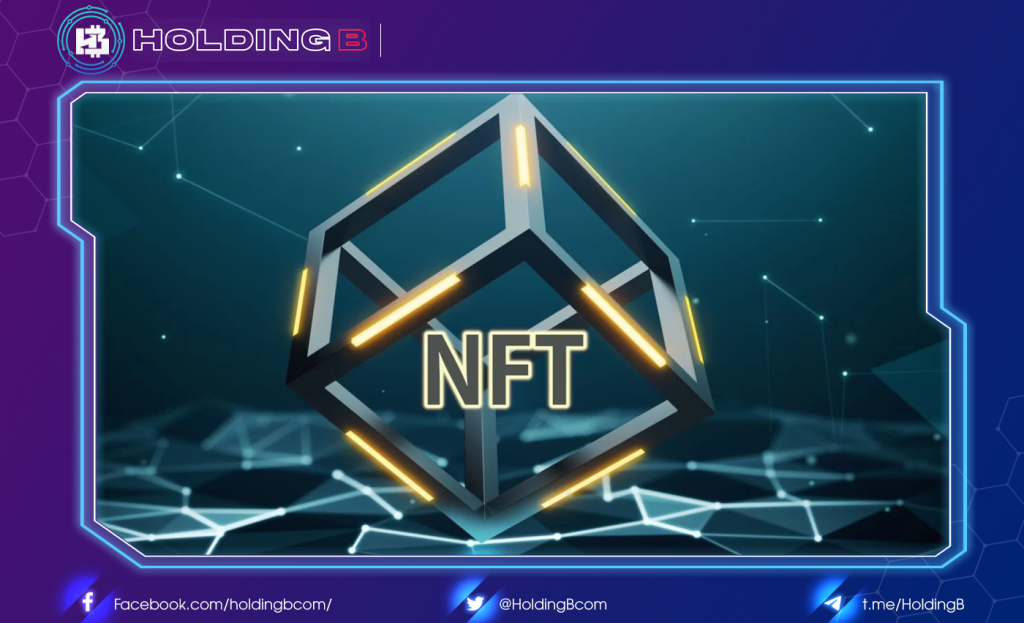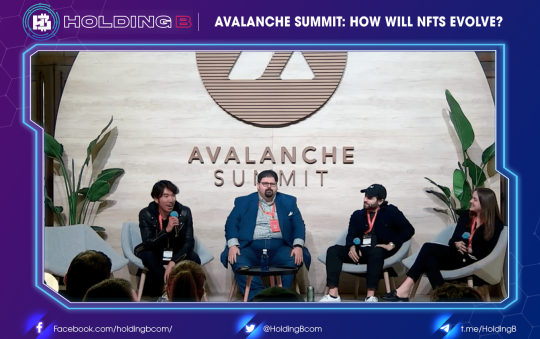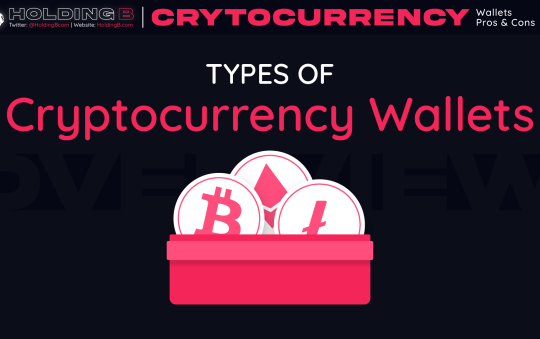
WHAT’S WITH NFTS AND MONEY ?
Read more: WHAT IS AN NFT ?WHY NFT IS EXPLODING GLOBALLY ?
Money laundering, according to the Association of Certified Fraud Examiners (ACFE), is “disguising the existence, nature, source, control, beneficial ownership, location, and disposition of property derived from criminal activity.” In simpler terms, money laundering involves hiding or disguising the actual source of illegally obtained money.
Banks and traditional financial institutions are continuously monitored and scrutinized by the government to avoid money laundering. However, it’s concerning that money launderers often disguise themselves as art and antiquities collectors to go undetected. Since the actual worth price piece of art or antiquity is somewhat tricky to determine and easy to exaggerate, such transactions are often hard to regulate, and anomalies may go unseen. This could also apply to the digital world of NFTs.
According to the ACFE’s 2021 Fraud Examiners Manual, “As cryptocurrencies have become more widely adopted and used, they have been involved with a wide variety of fraud schemes, but perhaps none more so than money laundering. Converting illicit fiat currency proceeds into cryptocurrencies and then transferring cryptocurrencies through a complicated series of transactions across numerous wallets make tracing the illicit funds’ path tedious and difficult for fraud examiners or law enforcement.”
Essentially, since users are relatively unknown on the blockchain technology, they could disguise and simply acquire digital assets in a bid to “clean” stolen funds, and go unnoticed and obscure from law enforcement.
Even though NFTs, like cryptocurrencies, are created, sold, and acquired on the public-domain blockchain technology, they are still prone to abuse and misuse because of the relative anonymity of the parties involved. There are different ways the platform can be abused, from money laundering, identity fraud to phishing, forgery, and other types of fraud. Not just theoretically, there have been cases of impostors posing as the real artists to sell NFT artworks and have successfully made away with the money.
For example, a user who theoretically creates an NFT, and puts the asset on sale on the blockchain. They can then purchase the NFT from themselves through an “anonymous” digital wallet with stolen money, and then claim the fund as legitimate proceeds from the sale of the artwork. Sadly, illicit transactions like these are difficult to trace and investigate, especially as NFTs are acquired and sold using cryptocurrencies, which adds an extra layer of complexity to the processes.
In the US, there are anti-money laundering laws in place to monitor, regulate and investigate the acquisition and sales of antiquities and artistic works. For instance, Congress enacted the omnibus National Defence Authorisation Act (NDAA), effective January 2021. The NDAA consists of reforms and updates to the Anti-Money Laundering Act of 2020 (AMLA), the Bank Secrecy Act (BSA), and the new Corporate Transparency Act (CTA). AMLA saddles the US Treasury Department with the responsibility of studying “the potential expansion of requirements to persons engaged in the art trade,” which may also apply to NFTs later.
ARE NFTS MADE FOR MONEY LAUNDERING?
NFTs are not made for money laundering; NFTs provide proof that you own a digital asset via the blockchain. NFTs are made to allow creators to monetize their work without the need for a third party and to provide utility that was previously unavailible (e.g. an NFT acting as a ticket to attend an event).
See ya in the next article !
Don’t forget to follow useful articles about Crypto Market from team Holding B !!!
- Telegram Channel: https://t.me/HoldingBcom
- Telegram Group : https://t.me/HoldingB
- Website : https://holdingb.com/
- Twitter : https://twitter.com/HoldingBcom





